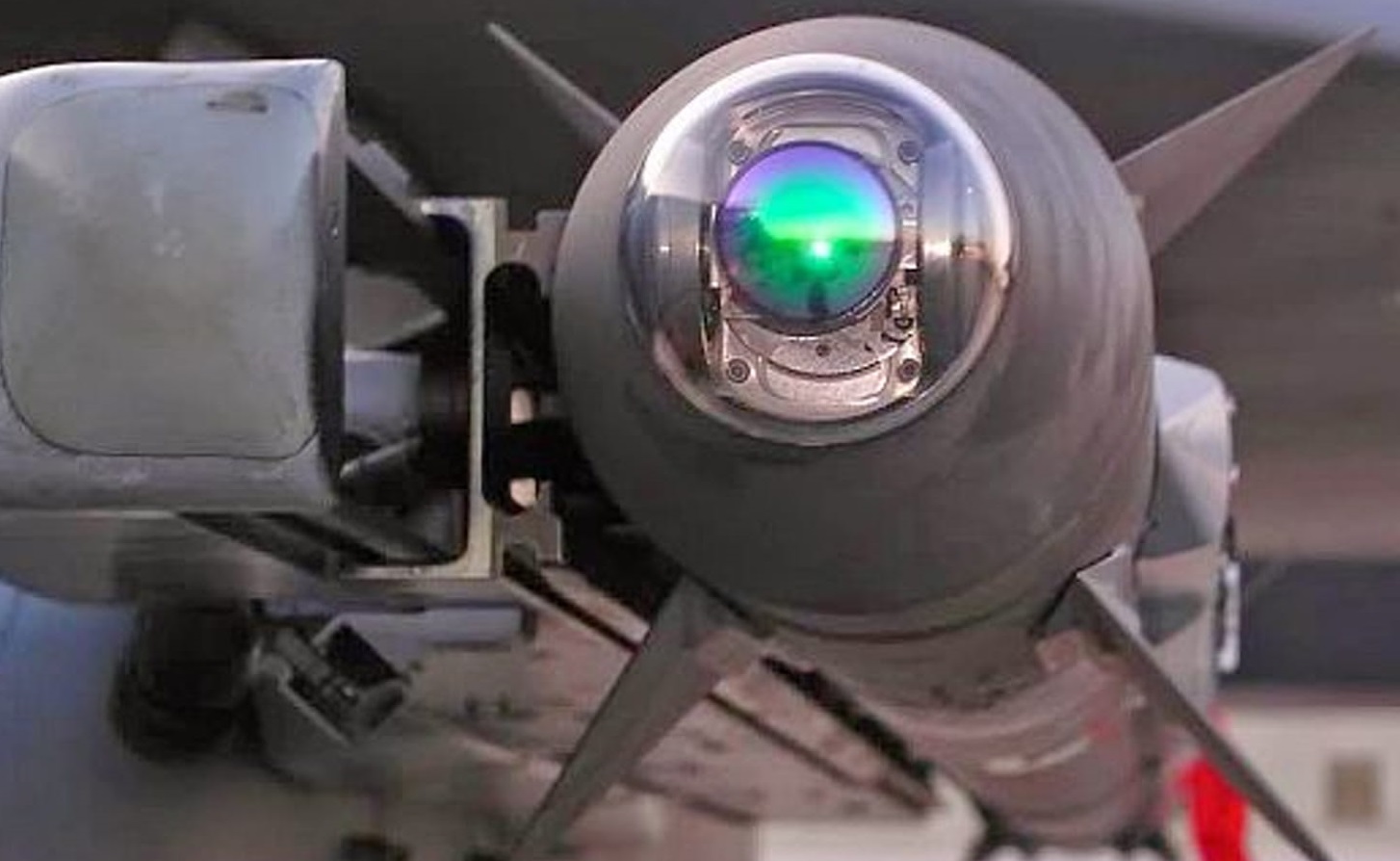The U.S. State Department has made a determination approving a possible Foreign Military Sale to the Republic of Korea of AIM-9X Block II and Block II+ (Plus) Sidewinder Missiles and related equipment for an estimated cost of $52.1 million. The Government of the Republic of Korea has requested to buy forty-two (42) AIM-9X Sidewinder Block II+ Tactical Missiles; ten (10) AIM-9X Sidewinder Captive Air Training Missiles (CATM); five (5) AIM-9X Block II+ Sidewinder Tactical Guidance Units (GU); and three (3) AIM-9X Sidewinder CATM Guidance Units (GU). Also included are missile containers; spare parts; test equipment and other related elements of logistics and program support. The estimated total program cost is $52.1 million. The principal contractor will be Raytheon Missiles and Defense (RMD), Tucson, AZ.
The AIM-9 Sidewinder (“AIM” for “Air Intercept Missile”) is a short-range air-to-air missile. Entering service with the United States Navy in 1956 and the Air Force in 1964, the AIM-9 is one of the oldest, cheapest, and most successful air-to-air missiles.[3] Its latest variants remain standard equipment in most Western-aligned air forces. The Sidewinder is the most widely used air-to-air missile in the West, with more than 110,000 missiles produced for the U.S. and 27 other nations, of which perhaps one percent have been used in combat. It has been built under license by Sweden and other nations. The AIM-9 has an estimated 270 aircraft kills. The Sidewinder is not guided by the actual position recorded by the detector, but by the change in position since the last sighting.

The AIM-9X entered service in November 2003 with the U.S. Air Force and the U.S. Navy and is a substantial upgrade to the Sidewinder family featuring an imaging infrared focal-plane array (FPA) seeker with claimed 90° off-boresight capability, compatibility with helmet-mounted displays such as the new U.S. Joint Helmet Mounted Cueing System (JHMCS), and a totally new two-axis thrust-vectoring control (TVC) system providing increased turn capability over traditional control surfaces (60Gs). Utilizing the JHMCS, a pilot can point the AIM-9X missile’s seeker and “lock on” by simply looking at a target, thereby increasing air combat effectiveness. It also features an electronic safe and arm device similar to the AMRAAM, allowing for a reduction in minimum range, and reprogrammable infrared Counter Counter Measures (IRCCM) capability that coupled with the FPA provides improved look down into clutter and performance against the latest IRCM.
The Block II adds lock-on after launch capability with a datalink, so the missile can be launched first and then directed to its target afterwards by an aircraft with the proper equipment for 360-degree engagements, such as the F-35 or the F-22. By January 2013, the AIM-9X Block II was about halfway through its operational testing and performing better than expected. NAVAIR reported that the missile was exceeding performance requirements in all areas, including lock-on after launch (LOAL). One area where the Block II needs improvement is helmetless high off-boresight (HHOBS) performance. It is functioning well on the missile, but performance is below that of the Block I AIM-9X. The HHOBS deficiency does not impact any other Block II capabilities, and is planned to be improved upon by a software clean-up build.















